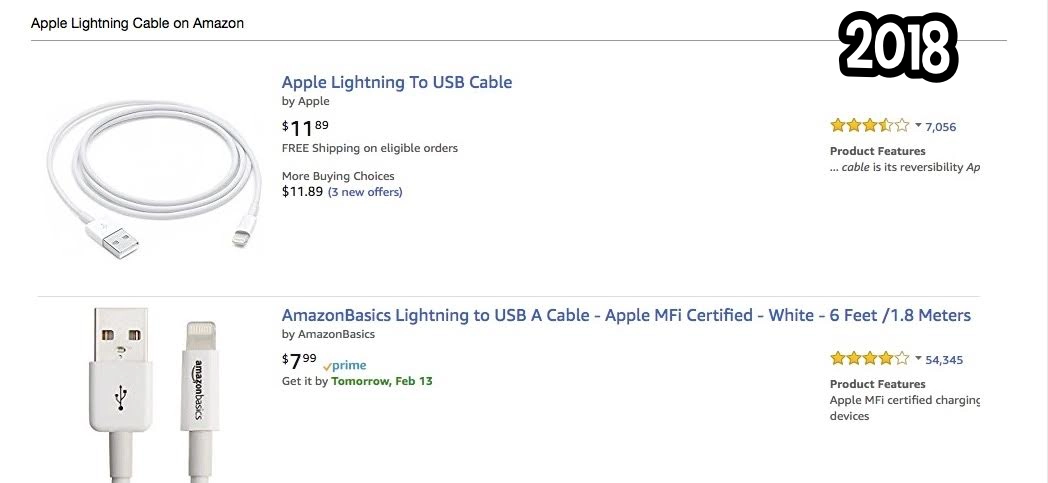The Lightning Cable
A 12-Year Retrospective from a Classic Macintosh Enthusias
Hello, fellow Mac aficionados! Today, we're diving into a piece of technology that, while not ancient, has certainly carved its niche in the annals of Apple history - the Lightning cable. Introduced 12 years ago today, this little connector has been both a boon and a bane for Apple users. Here's what I've learned over a decade of use:

1. Quality Variance Across Brands: When the Lightning cable was first introduced, it didn't take long for third-party manufacturers to jump on the bandwagon. However, this led to a market flooded with options where quality varied drastically. From cables that would fray within weeks to those that could seemingly survive being run over by a car, the inconsistency was, and sometimes still is, frustrating. Even Apple's own cables weren't immune to wear and tear, often showing strain at the connector joint, which became a common point of failure.
2. Durability Issues: Speaking of failure points, let's talk about durability. Over the years, I've gone through countless Lightning cables. The design, while sleek, seems to compromise on robustness. The area near the Lightning connector itself is particularly vulnerable. Despite Apple's efforts to reinforce this part in later models, it remained a weak spot. This has often led me to stock up on cables, knowing that their lifespan could be unpredictably short.
3. The Advent of Colorful and Custom Cables: One of the fun aspects of the Lightning cable era was the introduction of variety in design. Companies started to produce cables in different colors and lengths, which wasn't just aesthetically pleasing but also practical. You could have a short red cable for your power bank, a long green one for your desk setup, making it easier to identify which cable was for what purpose at a glance. This personalization was a small but delightful evolution in accessory design.
4. The Proprietary Predicament: Here's where my biggest gripe lies - the proprietary nature of the Lightning cable. Unlike the universal USB standards, Lightning cables were exclusive to Apple products, which meant if you were deep in the Apple ecosystem, you were locked into buying these often pricier cables. The cost added up, especially when you needed replacements. However, this exclusivity also ensured a certain quality control that third-party USB cables sometimes lacked.

Colorful Lightning Cable Braided
As we look towards the future, with Apple moving towards USB-C for more of its devices, including the latest iPhones, there's a sense of relief. USB-C promises faster data transfer and charging, not to mention the universality that means one cable can potentially charge your laptop, tablet, and phone.
Reflecting on my collection of old 30-pin connectors and Lightning cables, there's a nostalgic twinge, but also an eagerness to embrace a more standardized future. These old cables, now relics of a transitioning tech era, remind me of how far we've come in pursuit of convenience and efficiency in our digital lives.
So, here's to the Lightning cable - it charged our devices, tested our patience, colored our desks, and now, it's gracefully bowing out to make way for what's next.
Keep plugging in, and stay charged, my friends!
Until next time on the blog, keep your Macs classic and your cables untangled!
